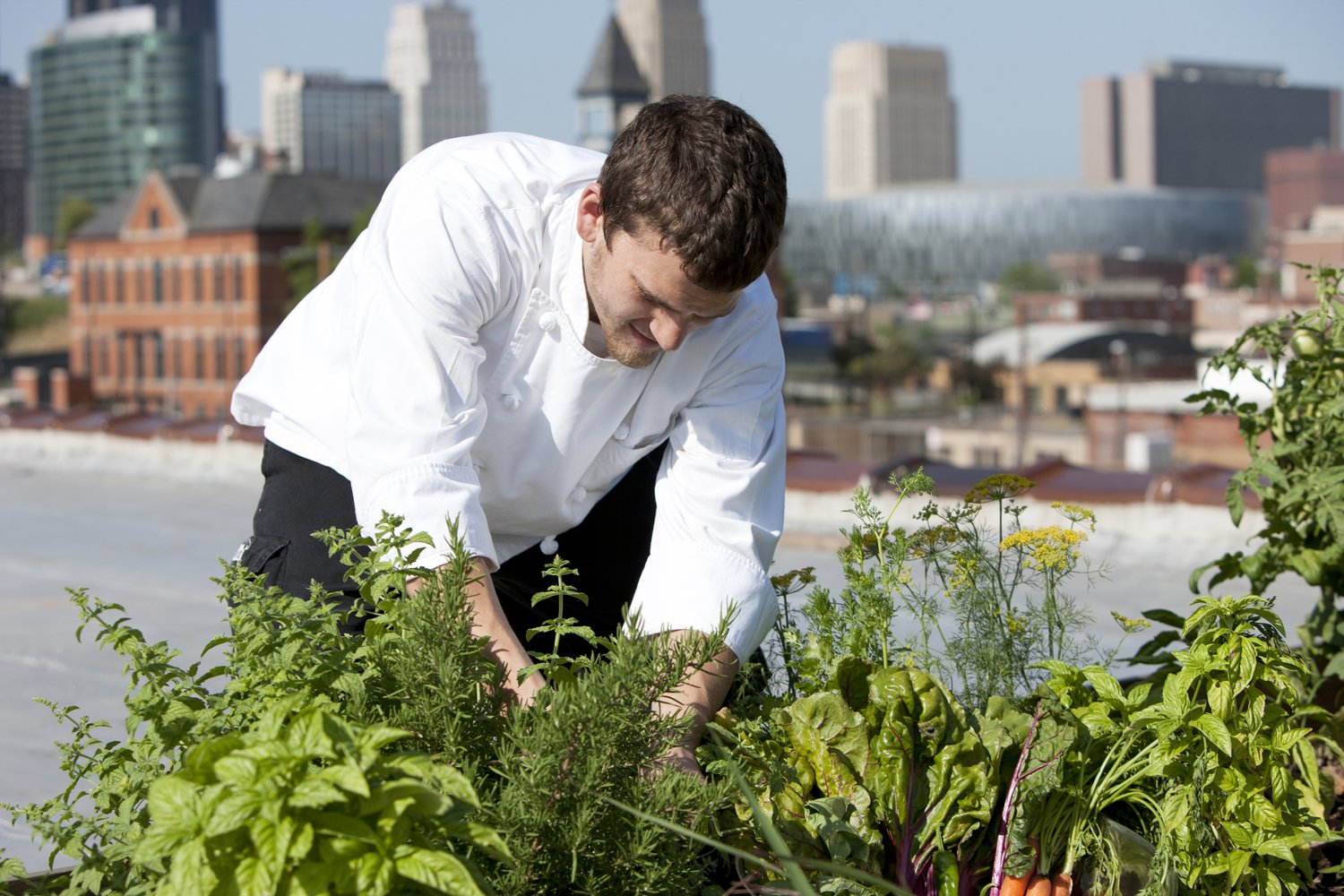City Blooming Fundamentals Explained
City Blooming Fundamentals Explained
Blog Article
City Blooming Things To Know Before You Buy
Table of ContentsGet This Report about City BloomingOur City Blooming PDFsThe Buzz on City BloomingThe Single Strategy To Use For City BloomingThe Ultimate Guide To City Blooming
Interested in expanding food offer for sale in the City of Chicago? Thinking of beginning a neighborhood yard? Adjustments to the Chicago Zoning Statute enable agricultural usages like area yards and city ranches in many components of the city. Below is a listing of often asked questions pertaining to the guidelines and policies that cultivators must consider when preparing a metropolitan agriculture project.
The zoning change does not change any type of various other codes managing composting, building licenses, purchasing or leasing City possessed home, organization licenses or ecological contamination. There are existing codes that regulate these issues and they remain in full result and may be appropriate to your task. Neighborhood gardens are commonly owned or taken care of by public entities, civic companies or community-based organizations and kept by volunteers.
Urban farms grow food that is intended to be offered, either on a not-for-profit or for-profit basis. Due to their commercial objective, urban farms need a company permit.
The 2-Minute Rule for City Blooming
The quantity of garden compost material can not go beyond 25 cubic yards at any kind of offered time according to the standards in 7-28-715 of the City's Municipal Code. Due to the fact that the soil at the majority of brand-new garden sites needs modifying, garden compost, dirt, wood chips, or other materials can be acquired to build or enhance the growing room.

If a structure license is needed then the hoophouse will certainly be taken into consideration an accessory building. You can locate out even more regarding the building authorization demands by getting in touch with the Department of Structures. The 25,000-square-foot dimension limitation is meant to avoid a solitary neighborhood yard from dominating an offered block or interfering with the block's existing property or business character.
The limit does not use to gardens found in Public Open Room (POS) districts. Can there be even more than one area garden that is 25,000 square feet on a single block? Secure fencing is not needed, however, gardens that have huge auto parking locations may be called for to install fence or various other landscaping functions.
Not known Details About City Blooming
B1 & B2 areas call for that all industrial usage tasks be carried out inside your home. R districts limit commercial task. The laws mirror the objective and intent of the Zoning Code. Is fence required for metropolitan ranches? Yes. Fencings might be called for, together with landscaping and testing, for particular parking lot and exterior job or storage space locations relying on place and the particular activity occurring.
Yes. Urban ranches need structure permits and zoning authorizations prior to construction. Other kinds of city testimonial may be needed depending upon particular structures, activities, dimension, landscape design, licensing, public heath and stormwater administration problems. Most of these requirements are determined in the project layout or permitting procedure, nevertheless, the applicant may be accountable to individually determine particular licenses or allows that might be needed.
Yes. The sort of permit is established by what is occurring at the website. The Division of Company Matters and Consumer Defense can assist identify the details kind of business permit that's called for. Yes. Off road vehicle parking is required for the majority of industrial jobs in Chicago. The required variety of car parking rooms is based on the variety of employees working with website and not the square footage of the expanding area.
The Definitive Guide for City Blooming

A city farm can sell compost material generated on site, nevertheless, the operation must comply with the policies in 7-28-715 of the Chicago Municipal Code. Aquaponic systems are allowed inside your home on metropolitan ranches in many zoning areas.
Approximately 5 hives or colonies of honey bees may be maintained as an accessory usage. Nonetheless, beekeepers must sign up with the Illinois Division of Agriculture. To find out more concerning the recommended zoning modification you might speak to the Division of Real Estate and Economic Development, Bureau of Planning and Zoning at 312.744.8563.
Farming in cities and urban areas A metropolitan farm in Chicago. Urban farming describes different methods of cultivating. https://www.openstreetmap.org/user/cityblooming, handling, and dispersing food in urban areas. The term also applies to the area activities of pet husbandry, aquaculture, beekeeping, and gardening in a metropolitan context. Urban agriculture is distinguished from peri-urban agriculture, which takes place in country areas at the edge of suburbs.
City Blooming - An Overview
, that look for to create social networks established on a shared principles of nature and neighborhood holism. These networks can create by way of formal institutional assistance, ending up being integrated right into local town preparation as a "shift community" movement for lasting urban growth.
Some of the very first proof of city farming comes from Mesopotamia.
Report this page